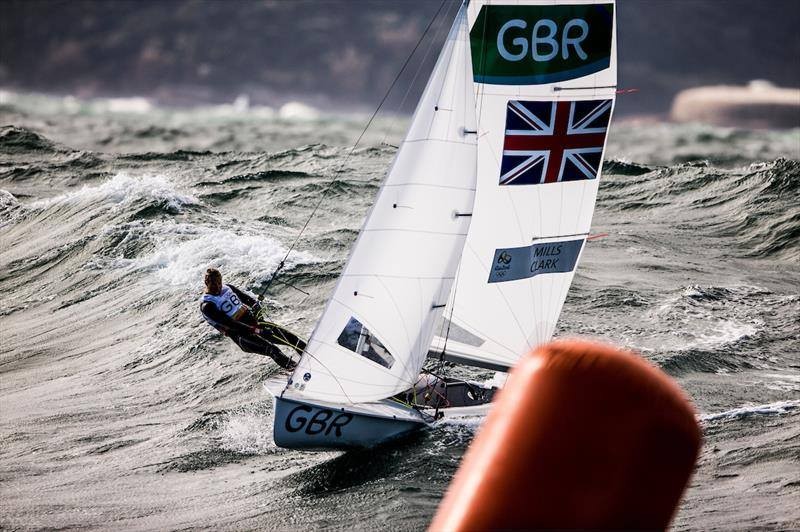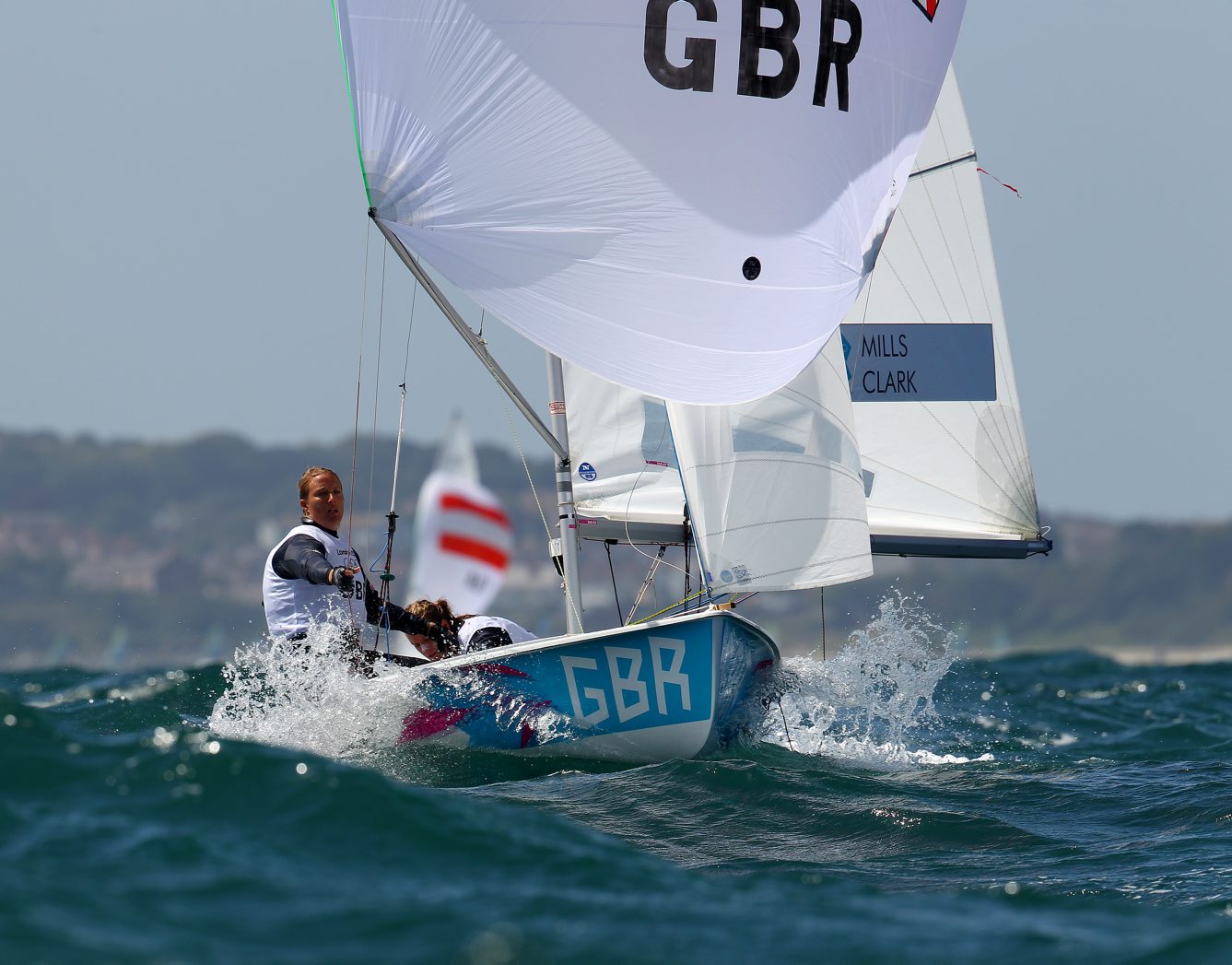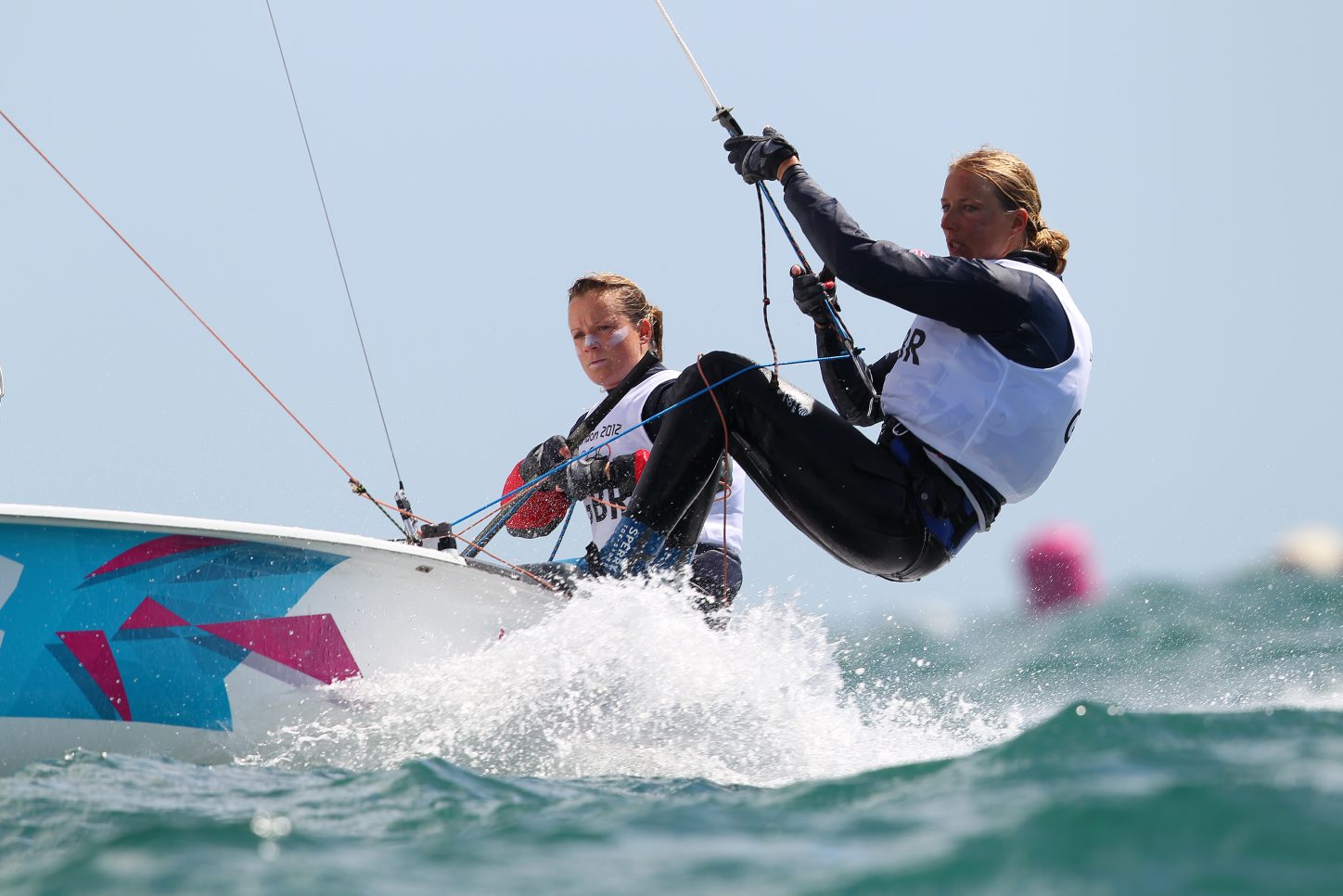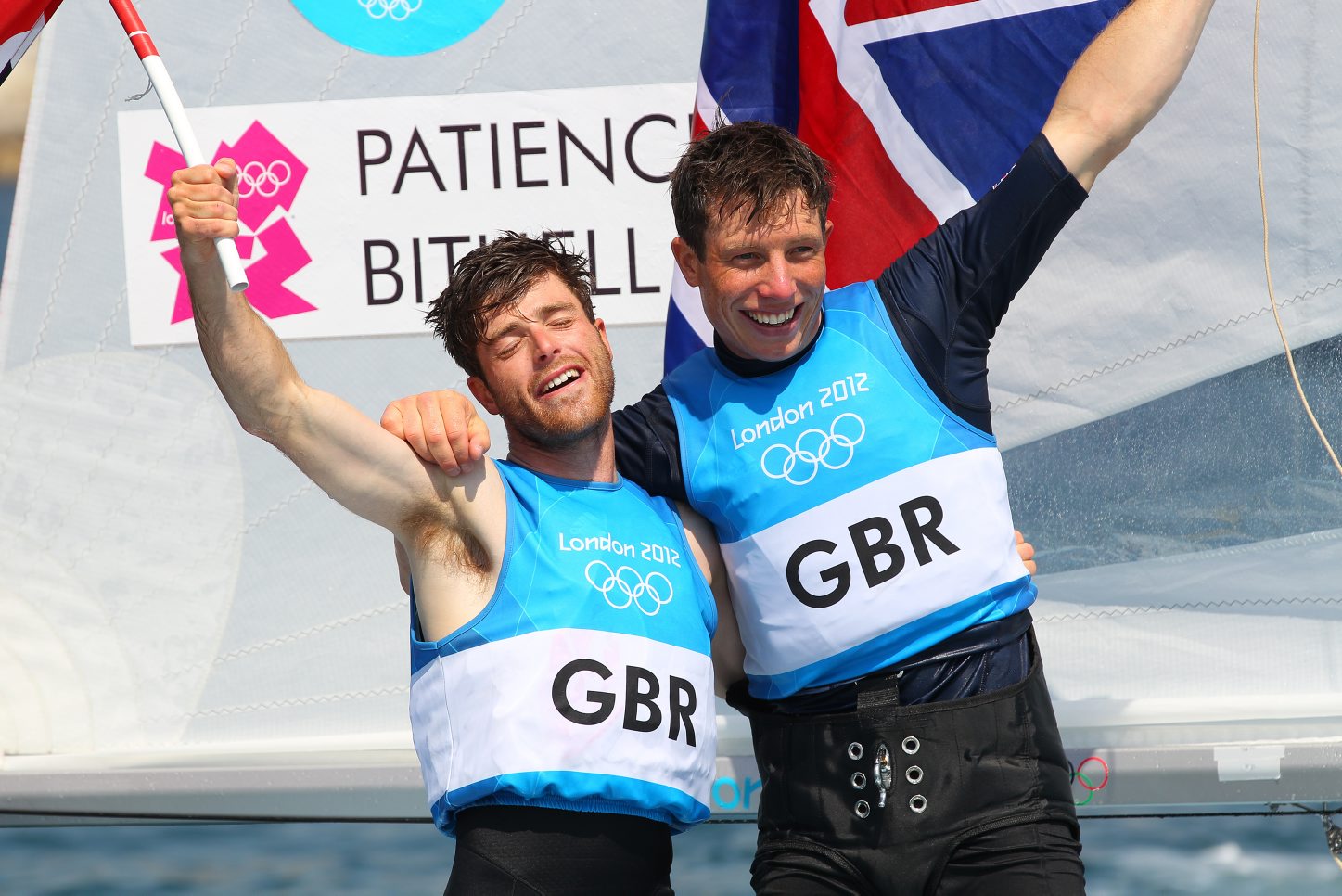Boat handling
When I started 470 sailing we used to do this a lot, running through a '6 lapper' of hoists and drops with different approaches. I think it is good once you know what you are doing but if you are struggling on a specific manoeuvre or trying to build routine between helm and crew you need to break it down and be a bit more focussed on that one move, which is what we do now. When it is well practised and our routine is the same we put it under pressure by doing short boat handling races with our training group.
Boat speed
Firstly it’s important to make sure that speed was your problem; were you actually slow or did you just get a bad start, have to sail the race in poor lanes and make compromised decisions? During a racing day it is tricky, but just try to be methodical about your set up and run through all the possible causes, something simple might pop up that you simply forgot or got wrong for the conditions. Try and articulate the feeling that you think was making you slow; did you feel underpowered, did the boat feel like it kept wanting to head up, were you low but fast, etc? These could lead you to figure out what might be wrong with your set up rather than just thinking 'I was slow'. From that discussion within your boat you can try and problem solve and if you have a tuning partner on the water with you do a few runs in between races.

Tactics
Generally we work from three things; shift, course position (% of port/starboard left), and fleet position (number of boats either side of you). If one of those things is telling us something then we have the discussion to follow it or why we are going against it. Essentially that doesn't change whether we are at the front or the back but it’s a finer balance when you are at the back to try and get it to work.
Starting
We have a fairly set pre-start routine; an upwind tune-up session followed by some boat handling, throughout this keeping a track of compass numbers and where we are relative to the course, and then a downwind tune to the start area, where we start chatting through strategy. Starting at the favoured end is all about weighing up the risk versus reward of it, and so depending on the venue and the day we will have a different feeling about whether it is worth it or not. When you've had a poor start it’s important to remember what your reasons were for starting there in the first place and get back on track with your strategy as quickly as possible, rather than just doing a full u-turn.






